Iceland is a paradise for adventure lovers. From towering glaciers and roaring waterfalls to lava fields and hot springs, this Nordic wonderland has it all. But to truly make the most of your adventure, you need to pick the right time to visit. Each season offers something unique, whether it’s the chance to see the Northern Lights, hike through lush green landscapes, or experience the Midnight Sun. So, when is the best time to visit Iceland for an adventure-filled trip? Let’s find out!
Table of Contents
Understanding Iceland’s Seasons
Iceland’s weather is as dramatic as its landscapes. The country experiences four distinct seasons, each with its own charm and challenges. The weather can change rapidly, so being prepared is key. Here’s what each season brings to the table for adventurous souls.
Winter Wonderland (December to March)
Northern Lights Chase
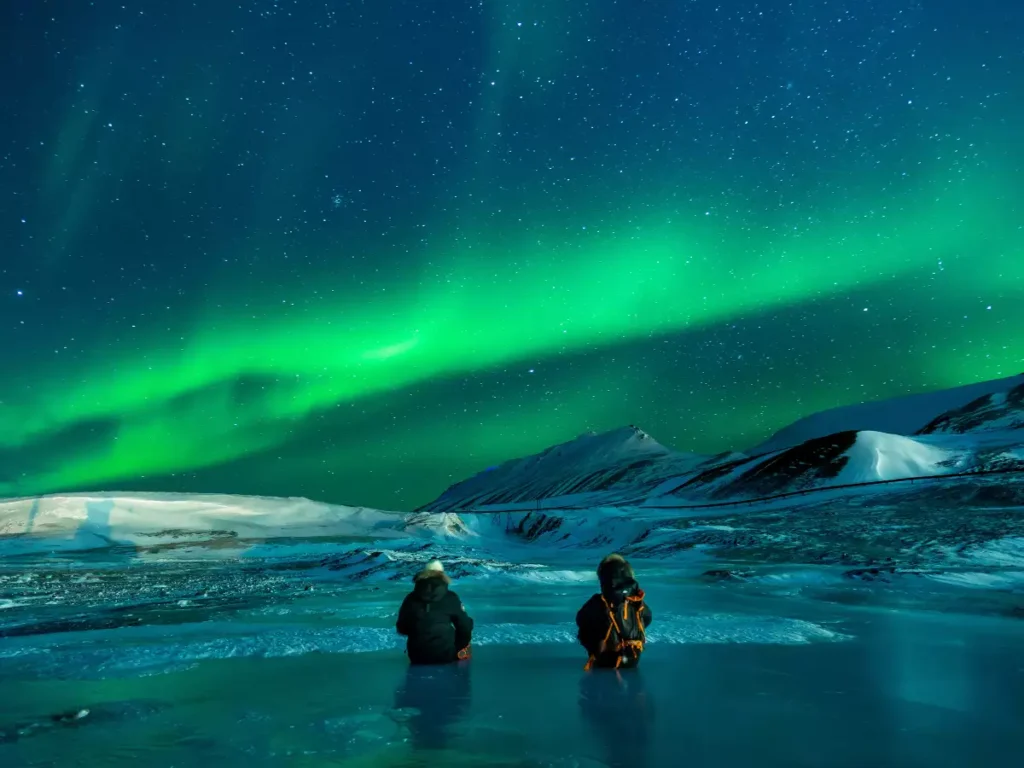
Winter is the best time to witness the magical Aurora Borealis. The long nights provide optimal conditions for spotting these vibrant lights dancing across the sky.
Ice Caving Adventures
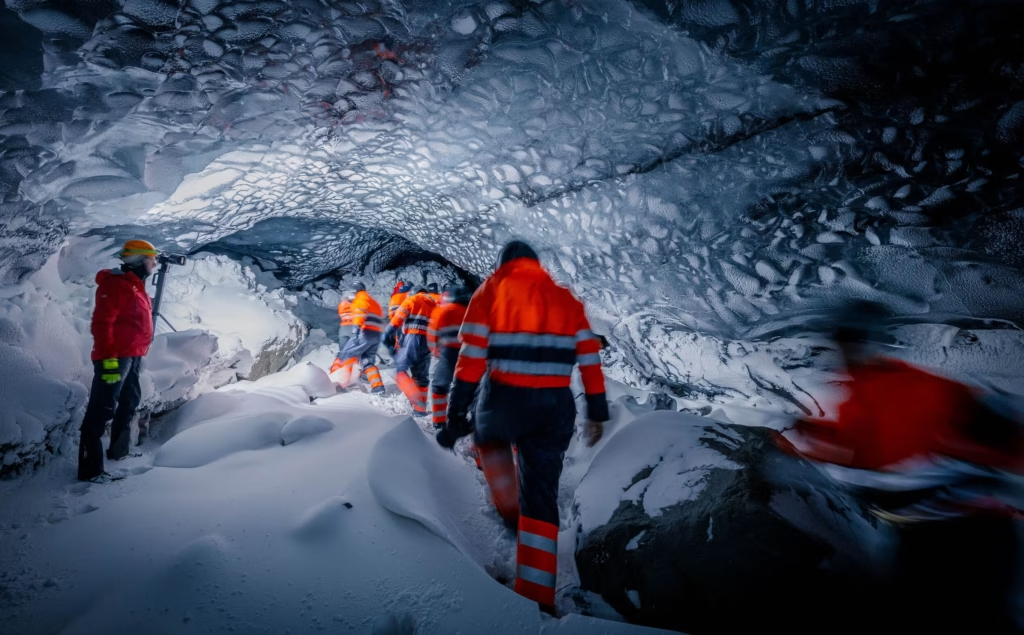
The famous Vatnajökull Glacier ice caves are only accessible in winter. These breathtaking blue ice formations are a must-see for thrill-seekers.
Snowmobiling Across Glaciers
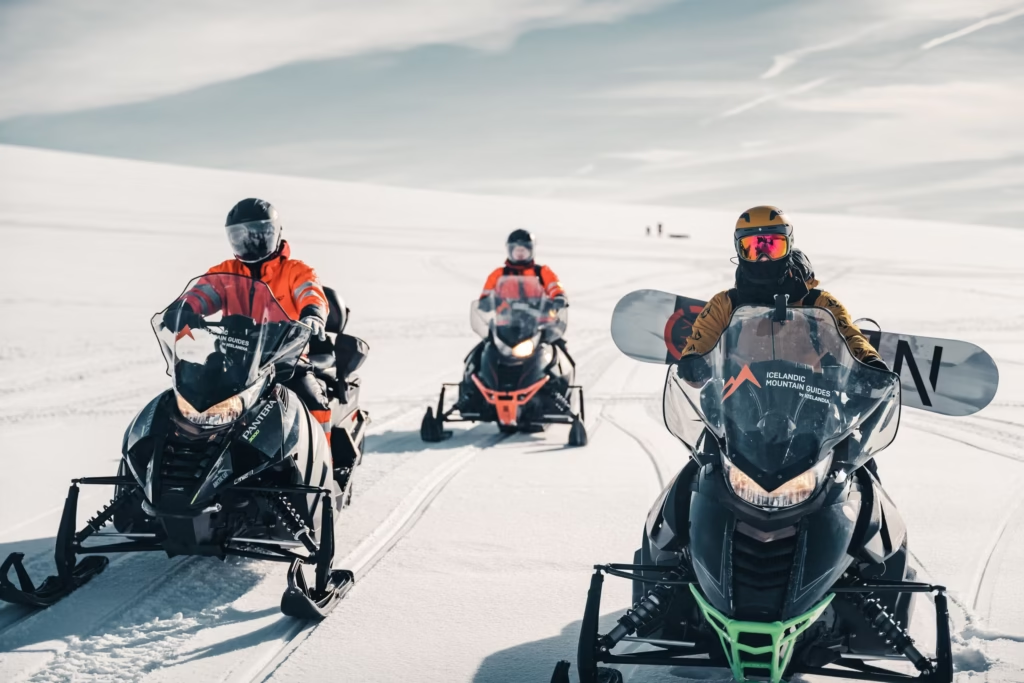
Want to speed across Iceland’s frozen landscapes? Snowmobiling on Langjökull Glacier is an adrenaline-packed experience.
Winter Hiking and Hot Springs
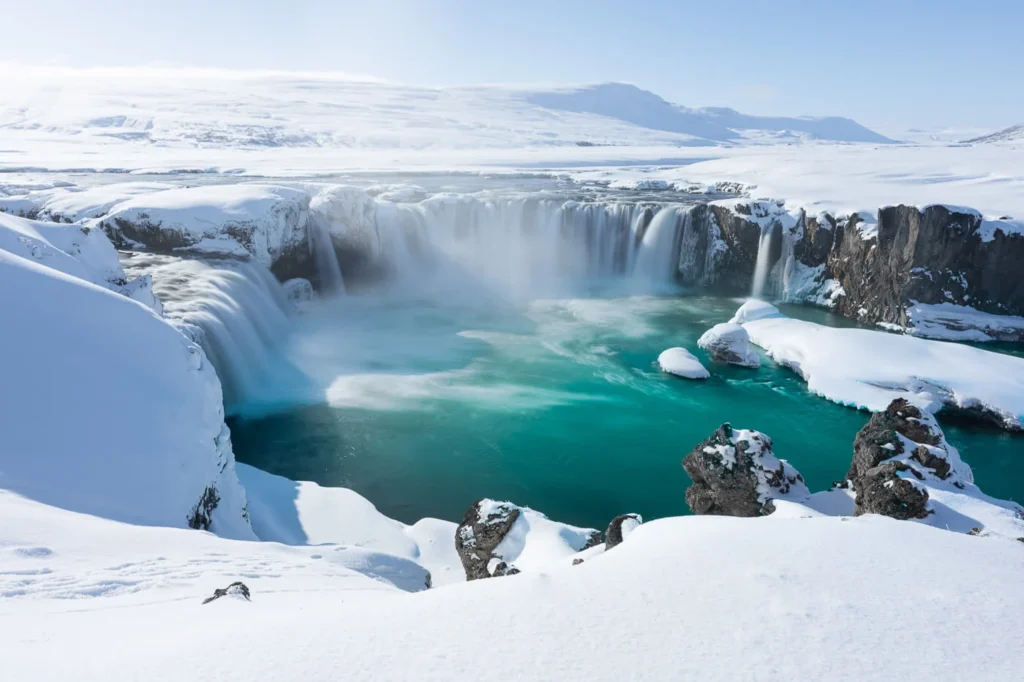
Hiking in the snow-covered landscapes of Þingvellir National Park or relaxing in geothermal hot springs like the Blue Lagoon adds a unique twist to winter adventures.
Spring Awakening (April to June)
Waterfalls in Full Flow
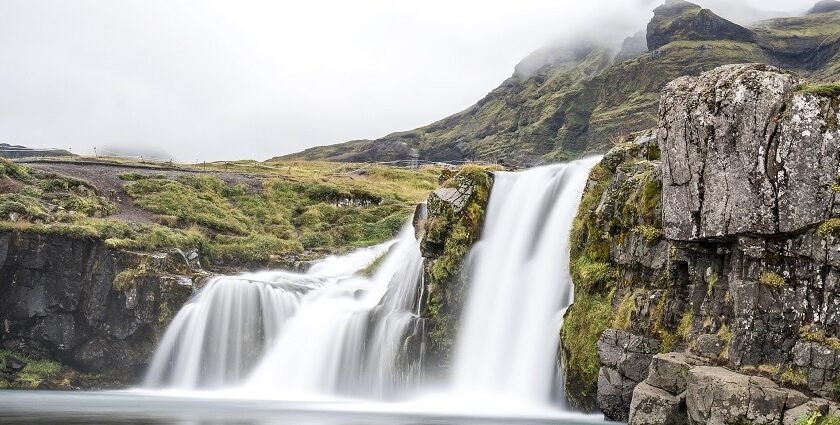
As the ice melts, Iceland’s waterfalls—like Gullfoss and Skógafoss—become even more powerful and mesmerizing.
Puffin and Wildlife Watching
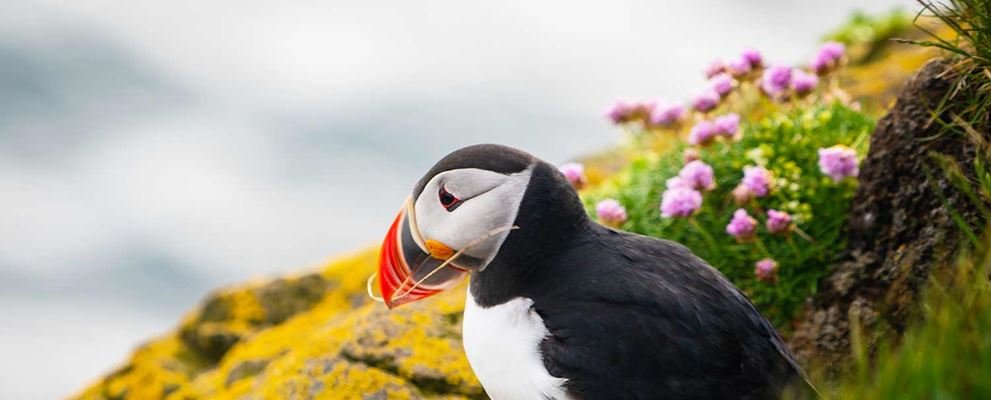
Spring is the season to see adorable puffins returning to Iceland’s cliffs, along with whales making their way to warmer waters.
Extended Daylight for Exploration
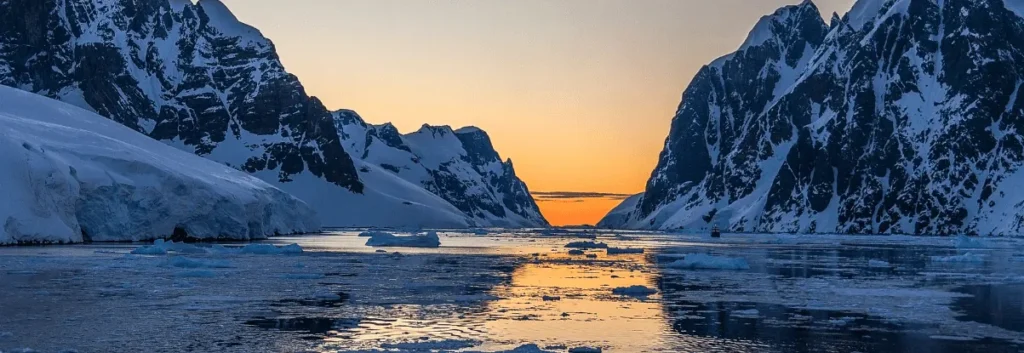
Longer days mean more time for road trips, hikes, and photography without rushing.
Summer Spectacular (June to August)
Midnight Sun and Endless Adventure
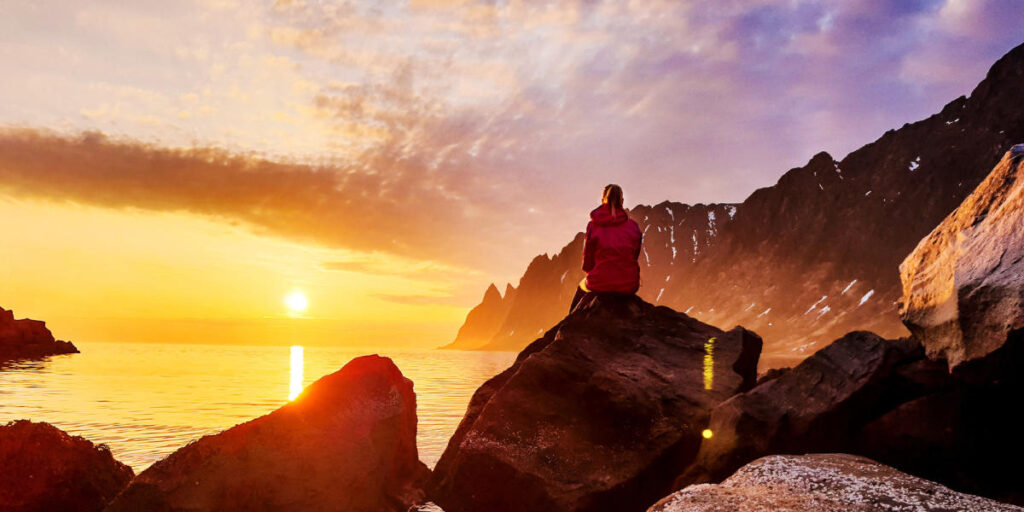
Imagine hiking at 2 AM under the glow of the Midnight Sun! Iceland experiences almost 24 hours of daylight in summer, perfect for non-stop exploration.
Hiking and Trekking in the Highlands
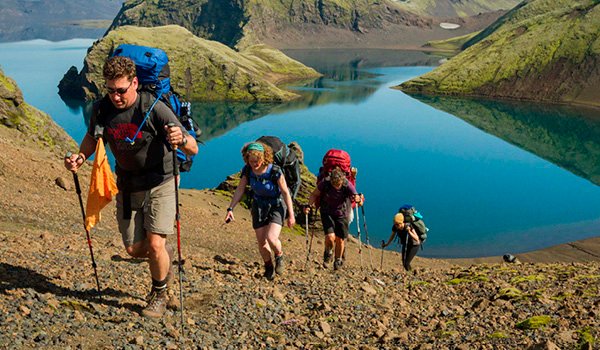
Iceland’s Highlands open up in summer, revealing iconic trails like Laugavegur and Fimmvörðuháls.
Road Tripping the Ring Road
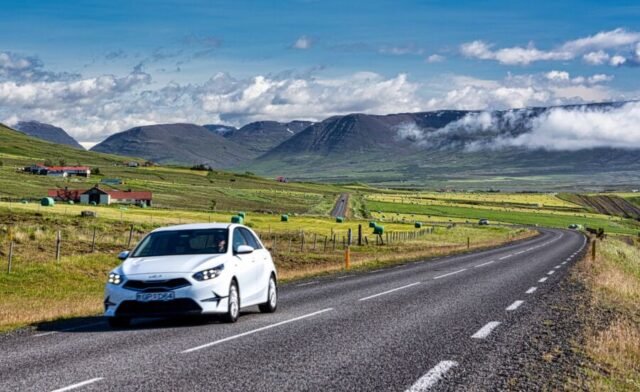
Summer is the best time for a self-drive adventure around Iceland’s Ring Road, with clear roads and pleasant weather.
Whale Watching Opportunities
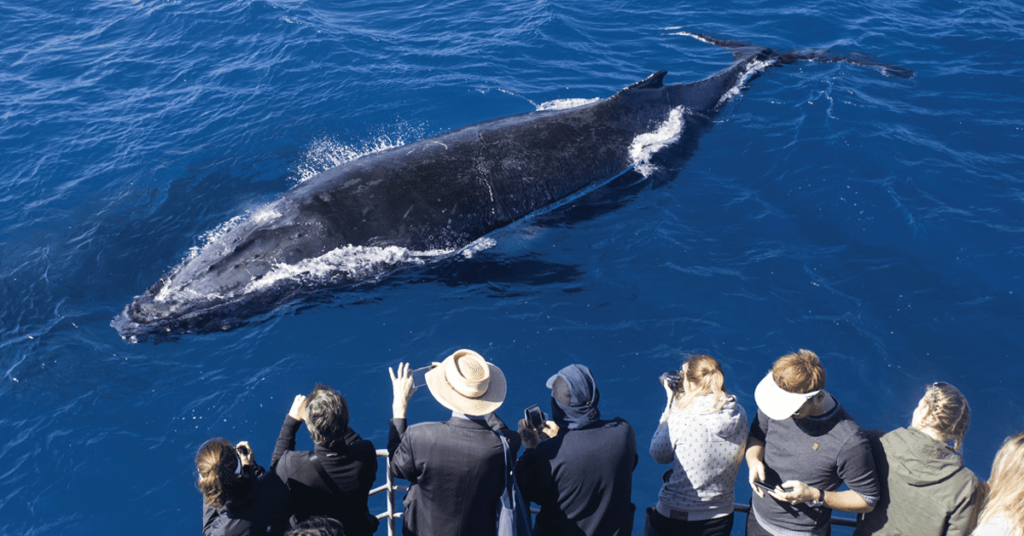
From June to August, whale watching is at its peak, especially in Húsavík and Reykjavik.
Autumn’s Golden Charm (September to November)
Fewer Crowds and Cheaper Prices
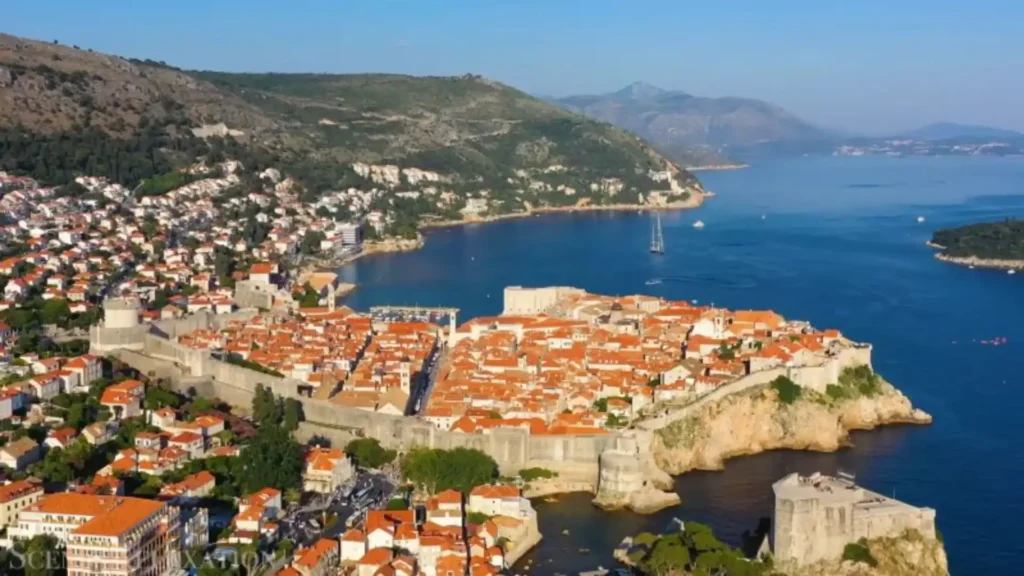
Tourist numbers drop, making it easier to explore Iceland’s wonders without the summer crowds.
Best of Both Worlds
Autumn provides a chance to see the Northern Lights while still enjoying mild weather for outdoor activities.
Autumn Hikes and Vibrant Landscapes

The fall foliage transforms Iceland’s landscapes into a breathtaking mix of red, gold, and orange.
Choosing the Best Time Based on Your Adventure Preferences
- For extreme sports lovers → Winter (December-March)
- For hikers and road trippers → Summer (June-August)
- For photographers and Northern Lights chasers → Autumn (September-November) and Winter (December-March)
- For wildlife and nature lovers → Spring (April-June) and Summer (June-August)
Essential Travel Tips for Adventure Seekers
- Pack wisely: Weather changes fast, so bring layers, waterproof gear, and sturdy boots.
- Stay safe: Follow weather alerts and respect nature’s power, especially in remote areas.
- Budget smartly: Iceland can be pricey, but booking in advance and traveling off-season can save you money.
Conclusion
Iceland is an adventurer’s dream year-round. Whether you’re chasing the Northern Lights in winter, trekking through the Highlands in summer, or enjoying the golden landscapes of autumn, each season offers a unique thrill. The best time to visit depends on what kind of adventure you’re looking for. So, pack your bags and get ready for an unforgettable Icelandic journey!




